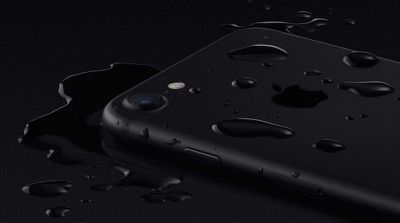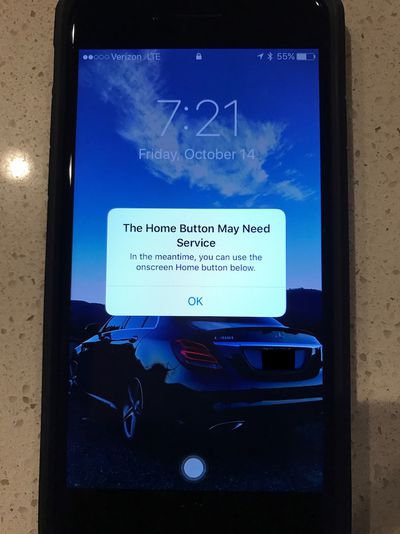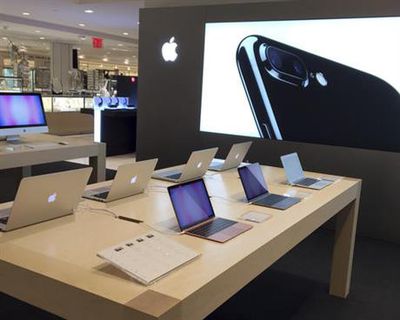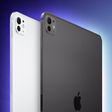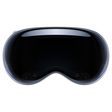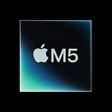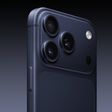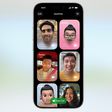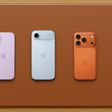References to a mysterious "Apple Watch Victory" have shown up on Apple's website in the United Arab Emirates, hinting at an alternate name the company may have considered for the Apple Watch Nike+.
An AppleCare+ support page for the United Arab Emirates, shared by 9to5Mac, mentions AppleCare+ options for the "Apple Watch" and "Apple Watch Victory," a product that does not exist.
On a similar page for Canada, the "Apple Watch" and the "Apple Watch Nike+" are listed in the same text, suggesting Apple perhaps planned to call the Apple Watch Nike+ the Apple Watch Victory at some point before changing the name to something more brand oriented.
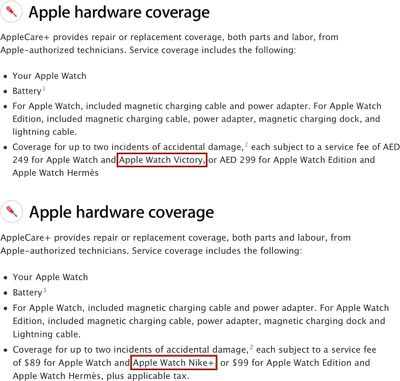
It's possible "Apple Watch Victory" is an unreleased product, a scrapped product or an alternate name for a different version of the Apple Watch, but given the evidence of the two similar AppleCare+ pages, it seems most likely "Apple Watch Victory" was a code name or an alternate name considered for the Apple Watch Apple designed in collaboration with Nike.
Apple's AppleCare+ support page for the Apple Watch in the United States is worded differently, referring only to the Apple Watch without a mention of specific models in the section in question.
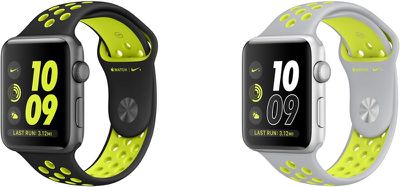
While inconsequential, it's always interesting to get an inside look at the changes that a product goes through before release and a glimpse at one of the names that Apple used as a code name or considered using for the Apple Watch Nike line.
The Apple Watch Nike+, which is an Apple Watch Sport model with Nike branding, Nike software, and a unique perforated Sport Band, officially launches on Friday, October 28. 38mm models are priced at $369 and 42mm models are priced at $399.
Update: The "Apple Watch Victory" mention has been removed from Apple's website.


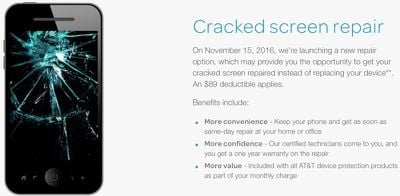
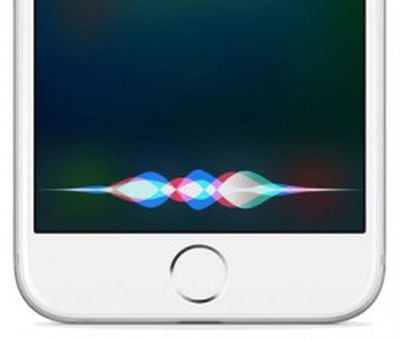 Carnegie Mellon University professor
Carnegie Mellon University professor 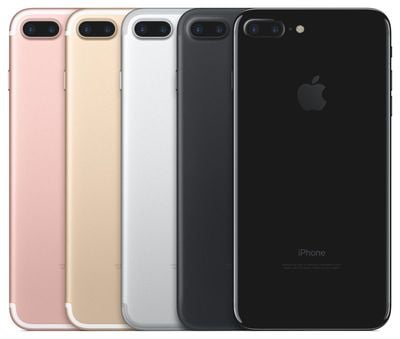
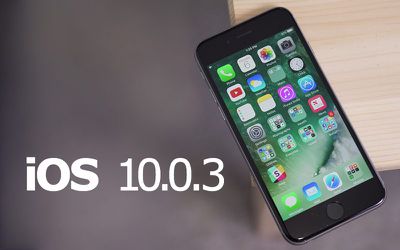
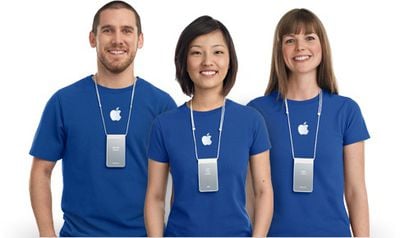
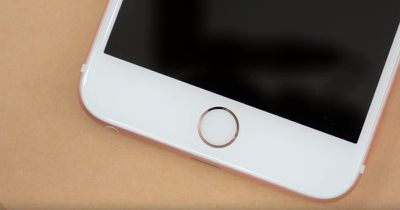

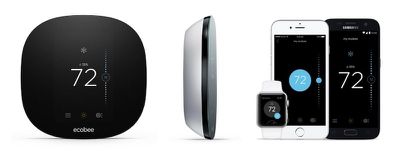
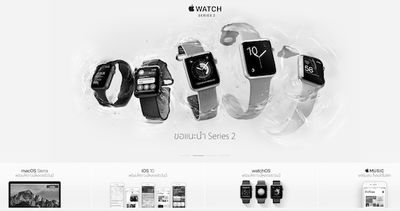
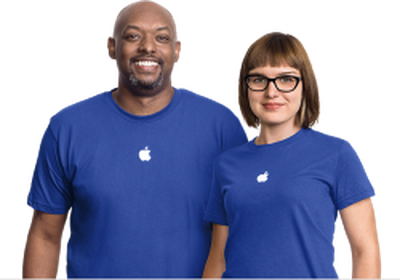 Apple has informed retail employees it will be removing the Lead Creative role at its stores, according to multiple sources. The changes should take effect by mid November at all stores except select flagship locations.
Apple has informed retail employees it will be removing the Lead Creative role at its stores, according to multiple sources. The changes should take effect by mid November at all stores except select flagship locations. Apple has given its automotive team a late 2017 deadline to "prove the feasibility" of its self-driving car system, and decide on a final direction for the platform, according to
Apple has given its automotive team a late 2017 deadline to "prove the feasibility" of its self-driving car system, and decide on a final direction for the platform, according to 